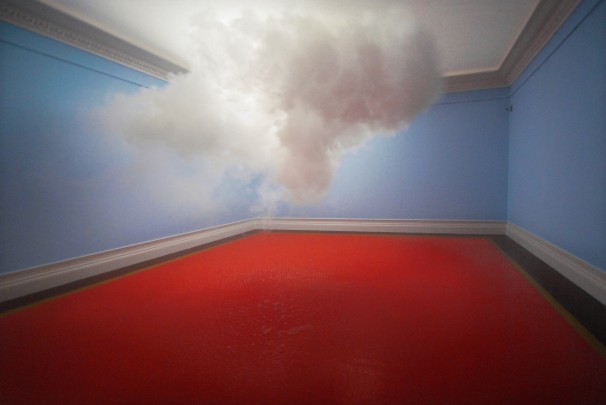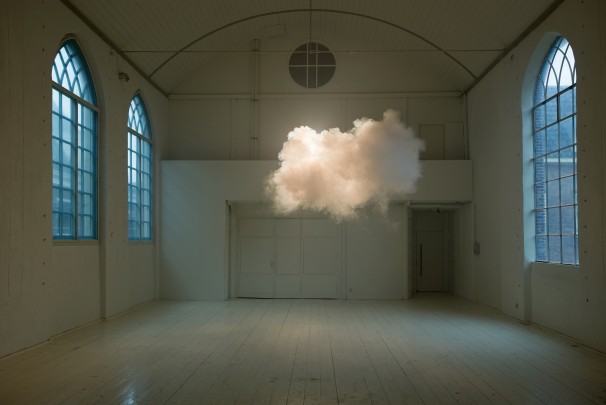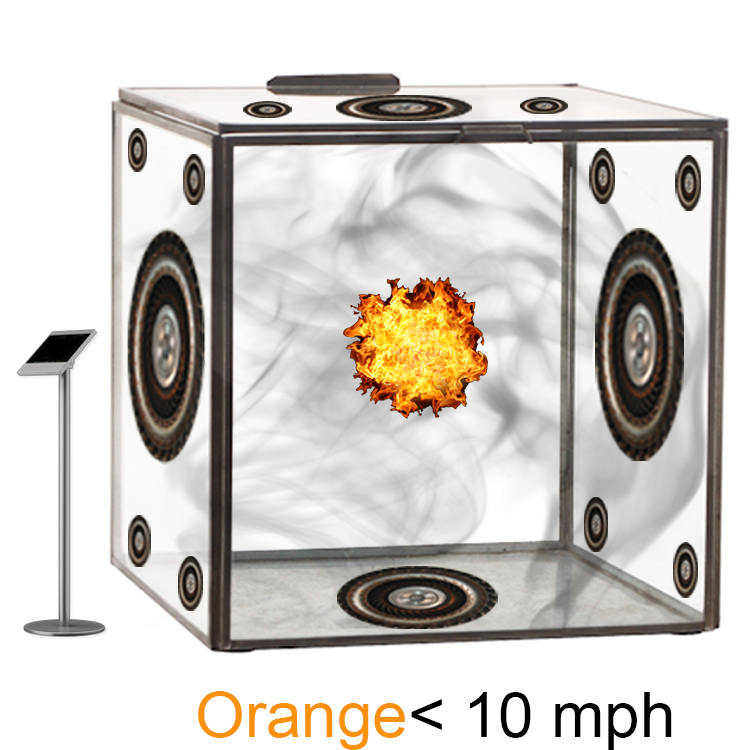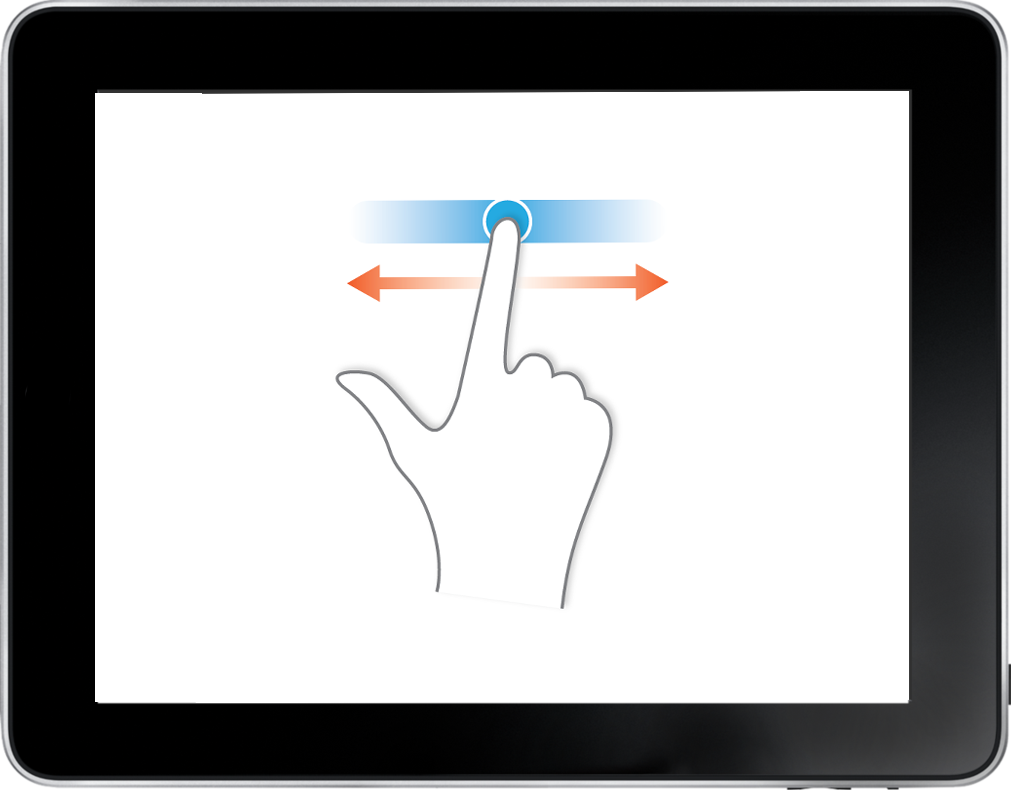

Community Colloquium: Tom Swetnam, Professor at the University of Arizona Laboratory of Tree Ring Research presents “Reaping the Whirlwind: Wildfire & Climate Change in the Western United States”.
The lecture we choose to attend was focused on climate change and its impact on wildfires. This helped spark an idea centered on wildfires and fire in general. We sought out to create a piece of art that could contain a wildfire’s immense energy.


“But the epic questions that modern science must answer cannot be solved by science alone. Bringing our two cultures together will allow us to judge our knowledge not by its origins, but in terms of its usefulness.” (Jonah Lehrer The Future of Science is Art?). Out of all the sciences, the most observable and awe inspiring is the science of Mother Nature. Fire, one of nature’s most destructive elements, has power that is fascinating and frightening at the same time. Its unpredictable destructive power is most prevalent in wildfires that are becoming worse and worse. How can wildfires get any worse you may ask? One of the main causes for this trend of increasing wildfires is global warming. Simply put global warming has caused areas, that were already susceptible to wildfires, to be at an even higher risk by causing those certain areas to have a higher temperatures for extended periods of time. This ultimately increases the probability of wildfires being started, not to mention non-natural ways that wildfires are started.


“The contribution that artists can make to research and development is that they often approach problems in ways quite different from those of scientists and engineers…” (Stephen Wilson Elaboration on the Approach of Art as Research). So we set out with our team of chemists and engineers to create a new way of understanding this natural phenomenon and also have it benefit those who risk their lives to combat forest fires. Since they can change directions so quickly and it is already hard enough as it is to determine how fast they are going, let alone determining their speed out in the field. To address this our team of chemists created a new compound termed Azraq, which incorporates copper (I) chloride’s ability to create blue flame and other compounds that set off this reaction when gusts of wind around it reach speeds of ten miles per hour hit the fire. This will signal to firefighters which areas are more likely to spread and should be controlled immediately.

“And at a time when scientific ‘progress’ is in the ascendant, its discoveries and pronouncements need to be placed in contexts where things can be seen quite differently, where ideas can be expressed with a poetic or abstract succinctness and always in a questioning and compassionate spirit.” (Sion Ede Ambiguities and Singularities). To help our audience and the general public understand what is going on from the safety of art gallery, our team of engineers created a display that would capture and demonstrate the power of fire under controlled conditions. The “Hot Box” is a ten by ten by ten-foot cube constructed of high temperature resistant glass.

Each pane of high temperature resistant glass is 12 inches thick to insure insulation against the extreme heat within. On the top, bottom, left and right sides of the Hot Box are turbines that create an artificial environment within the box. Each turbine is set up with tubes that expel a flammable gas that is ignited upon input into the box along with varying levels of copper chloride to generate a blue colored flame, depending on the speed. If wind speeds exceed ten miles per hour, the copper chloride mixture we call “azraq’’ is released. The tunnel of flames is controlled by the wind that the turbines create. Sensors are located within the Hot Box to measure the force of the wind to determine if more copper chloride should be released so observers can easily see the increase in wind speed. To control the speed of the turbines, a touch screen device is located 5 feet away from the Hot Box. With this touch screen device, users are allowed to manipulate and adjust the velocity and direction of the fire tornado within, creating awe inspiring visual displays not normally seen in nature.
http://ltrr.arizona.edu/people/swetnam?